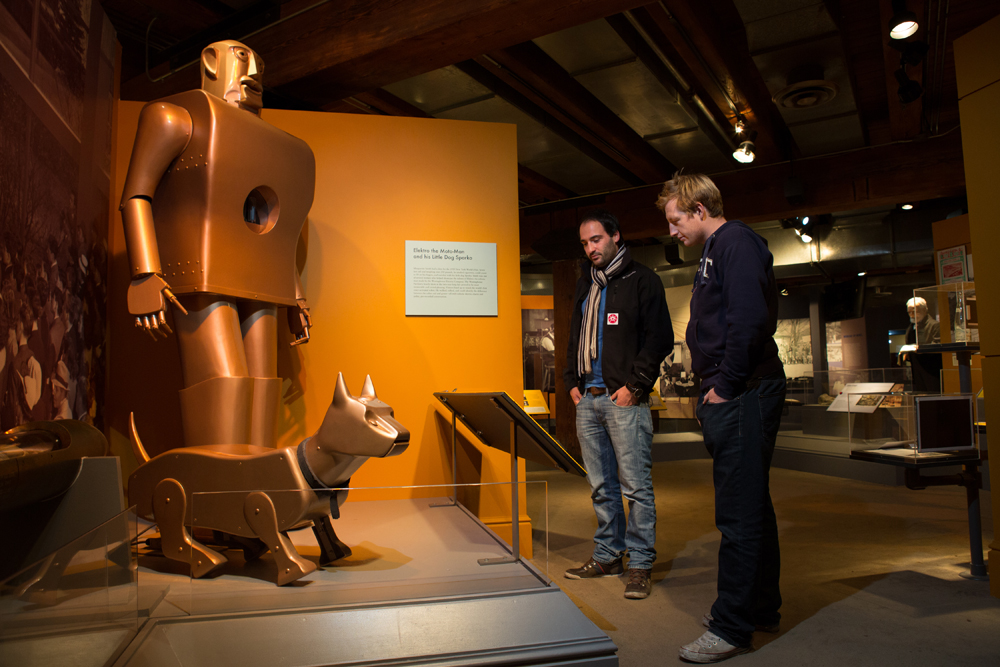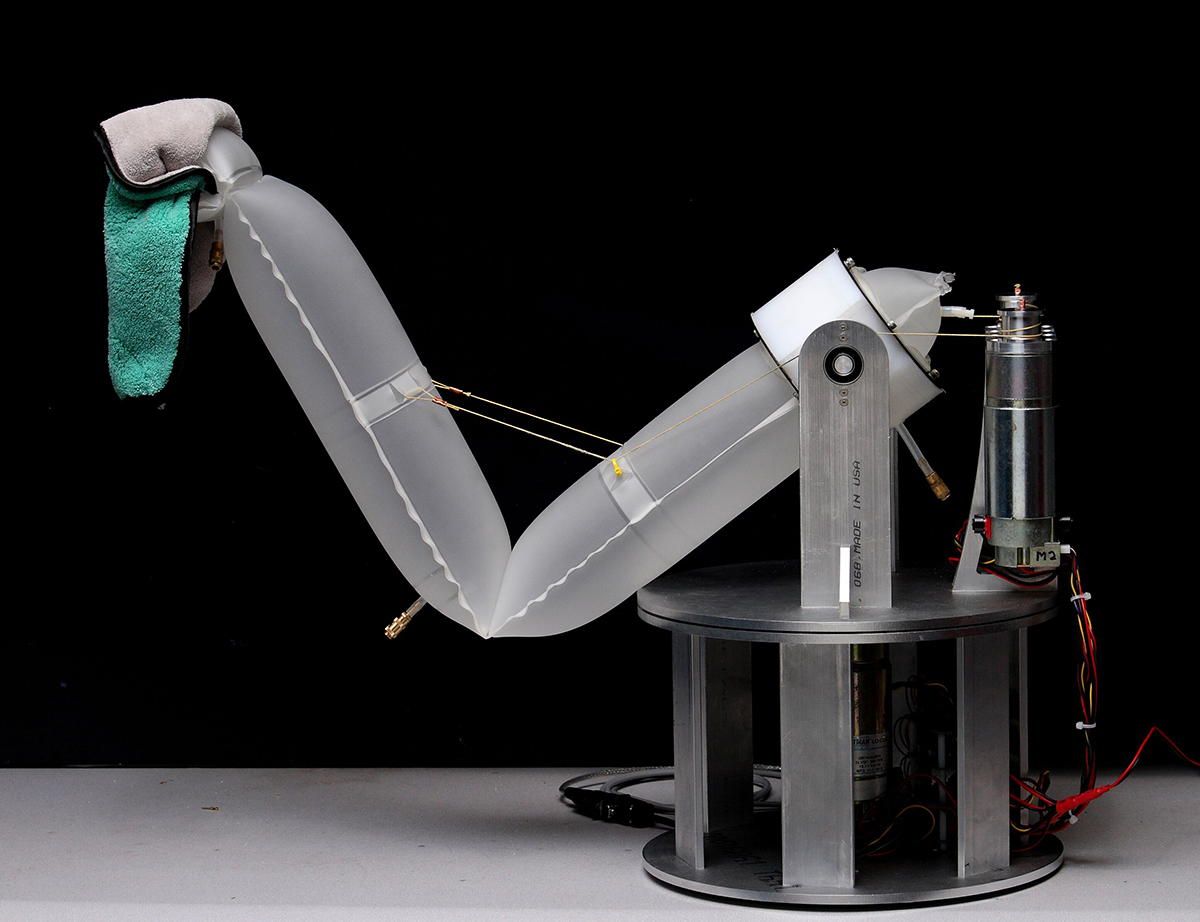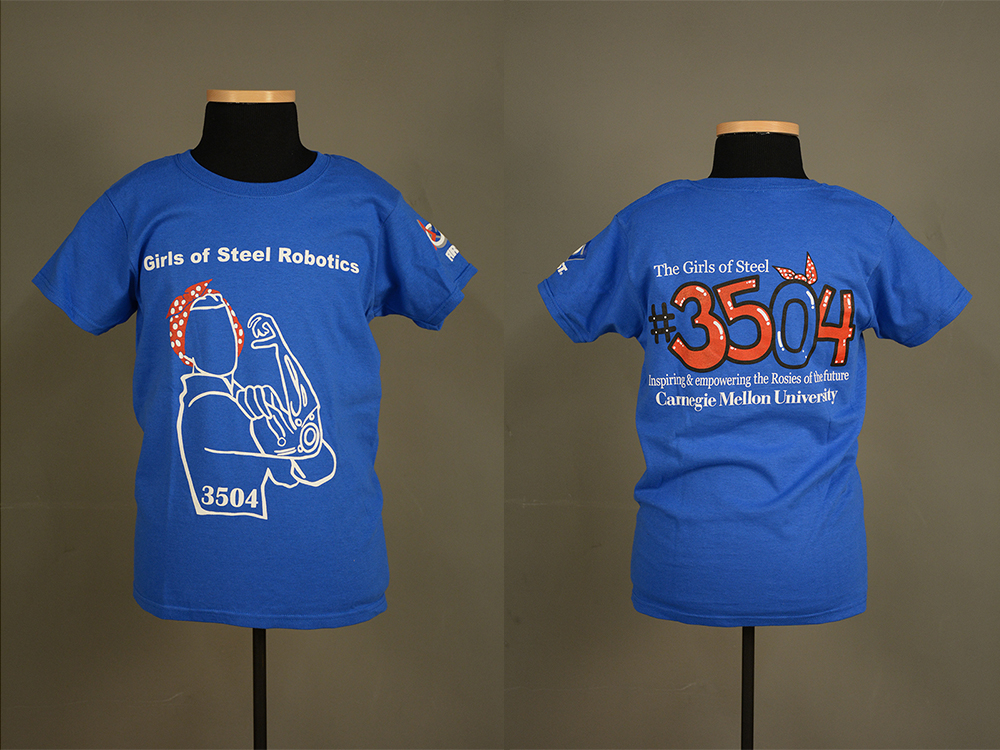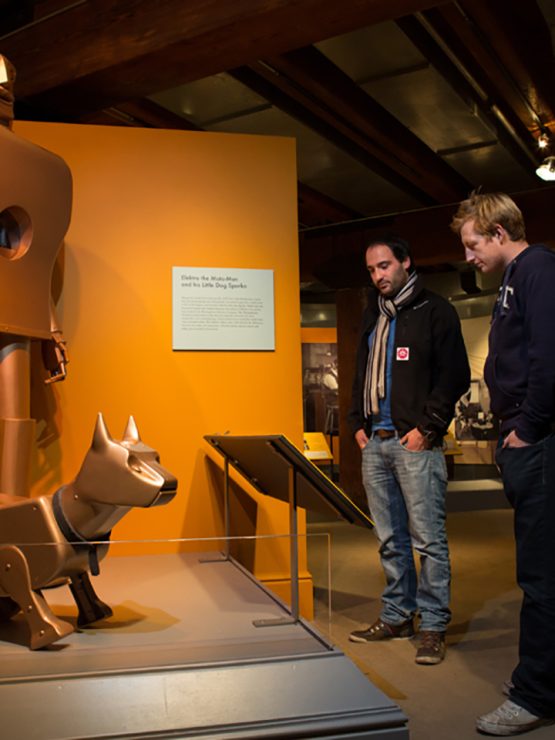From steel mills to steel robots, Pittsburgh is no stranger to industry. The city’s long history of technological innovation dates back to its early days as America’s steel capital, when industrialists like Andrew Carnegie, Andrew Mellon, George Westinghouse, and the Fricks ruled the business world. Following the collapse of the steel industry in the early 1980s, a focus on healthcare and technology began to take its place. Today, Pittsburgh is considered a major technology hub and is home to prime tech companies such as Google, Uber, and Intel. Throughout Pittsburgh’s technological journey, robotics has been a continued source of fascination and exploration.

While researching another booming Pittsburgh industry – the film industry – I came across the Disney animated film “Big Hero 6” (2014). The inspiration behind the main character in the film came directly out of a Pittsburgh robotics laboratory. This unexpected Pittsburgh connection is just one of the many ways in which the city has proved itself a vital part of the growing technology industry. Other connections between technology and Pittsburgh date all the way back to the early 1900s.
The very first markers of robotics innovation were Westinghouse’s series of humanoid robots: Herbert Televox (1927), Mr. Telelux (1931), and Elektro the Moto-Man (1937). The latter is most famous for its debut at the 1939 World’s Fair in New York. This seven-foot robotic giant was capable of performing 26 movements, articulating 700 words, walking, responding to voice commands, and smoking. This first robotics milestone put Westinghouse’s Pittsburgh-based company on the proverbial innovation map.
Decades later, Pittsburgh was brought back into the spotlight when the Wall Street Journal dubbed the city “Roboburgh” in 1999. Thanks to the intellectual hotbeds of Carnegie Mellon University and the University of Pittsburgh, research in technology and robotics had been flourishing in the area since the 1970s. Most notable were the contributions of Red Whittaker, professor of robotics at Carnegie Mellon University and inarguably one of the founding fathers of field robotics – technology designed to perform tasks too difficult or hazardous for humans.
More recently, in 2011 President Barack Obama chose the city as the backdrop to launch the National Robotics Initiative – a $70 million pledge to support robotics research across the country. In 2016, Obama returned to Pittsburgh to host the White House Frontiers Conference, in collaboration with Carnegie Mellon University and the University of Pittsburgh. Both events put Pittsburgh in the national spotlight of robotics research and innovation.
Now, Pittsburgh is making headlines for its self-driving vehicles. In September 2016, Uber introduced its fleet of self-driving cars to the city. Pulling Carnegie Mellon University professors and roboticists away to work in its local laboratory, Uber is helping to reaffirm Pittsburgh’s stance as a major technology hub.
Because of the burgeoning technology industry in the area, Carnegie Mellon University’s Robotics Institute has become a world leader in robotics research. When Walt Disney Animation set its sights on a futuristic, technology-heavy superhero movie based on the Marvel comic, “Big Hero 6,” it knew where to look for inspiration.

During a tour of top robotics laboratories across the country, Disney director Don Hall met with the roboticists at the Robotics Institute. At the time, professor Chris Atkeson was working on developing soft robotics – robots made of soft, malleable materials that would be able to safely interact with humans – to ultimately create a healthcare robot that could take care of sick and elderly humans. When Atkeson met with Hall, he had just developed an inflatable robotic arm capable of feeding and cleaning a human and grasping and picking up small objects. When Hall saw the technology, he immediately knew who he wanted his superhero robot to be. Thus was born Baymax, the marshmallow-like personal healthcare robot featured in “Big Hero 6.”

Although the animated film is set in futuristic San Fransokyo, the city of Pittsburgh heavily influenced many aspects of the story. In addition to supplying the inspiration for Baymax, Carnegie Mellon University’s robotics laboratories also inspired the creative maker-space that is portrayed in the film. Plus, the two female roboticist characters in the film were inspired by the all-girl Pittsburgh robotics team, Girls of Steel. While these connections in the film are not overt, they serve as yet another tie between Pittsburgh and robotics.
Pittsburgh has proved to be one of the most successful cases of post-industrial era rebranding. The recent focus on technology, healthcare, and education in the area has encouraged intellectuals to stay post-matriculation, made the University of Pittsburgh Medical Center (UPMC) one of the top hospitals in the U.S., allowed the city to become host to some of the best robotics laboratories in the country, and brought new life back into the Steel City.
Monica Marchese was the Milton Fine Curatorial Fellow in the summer of 2017 with the museum division at the Heinz History Center. You can read more about her experience at the University of Pittsburgh’s Constellations blog.
